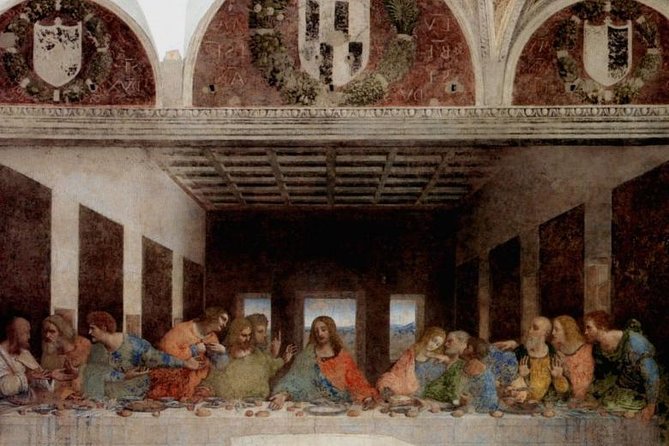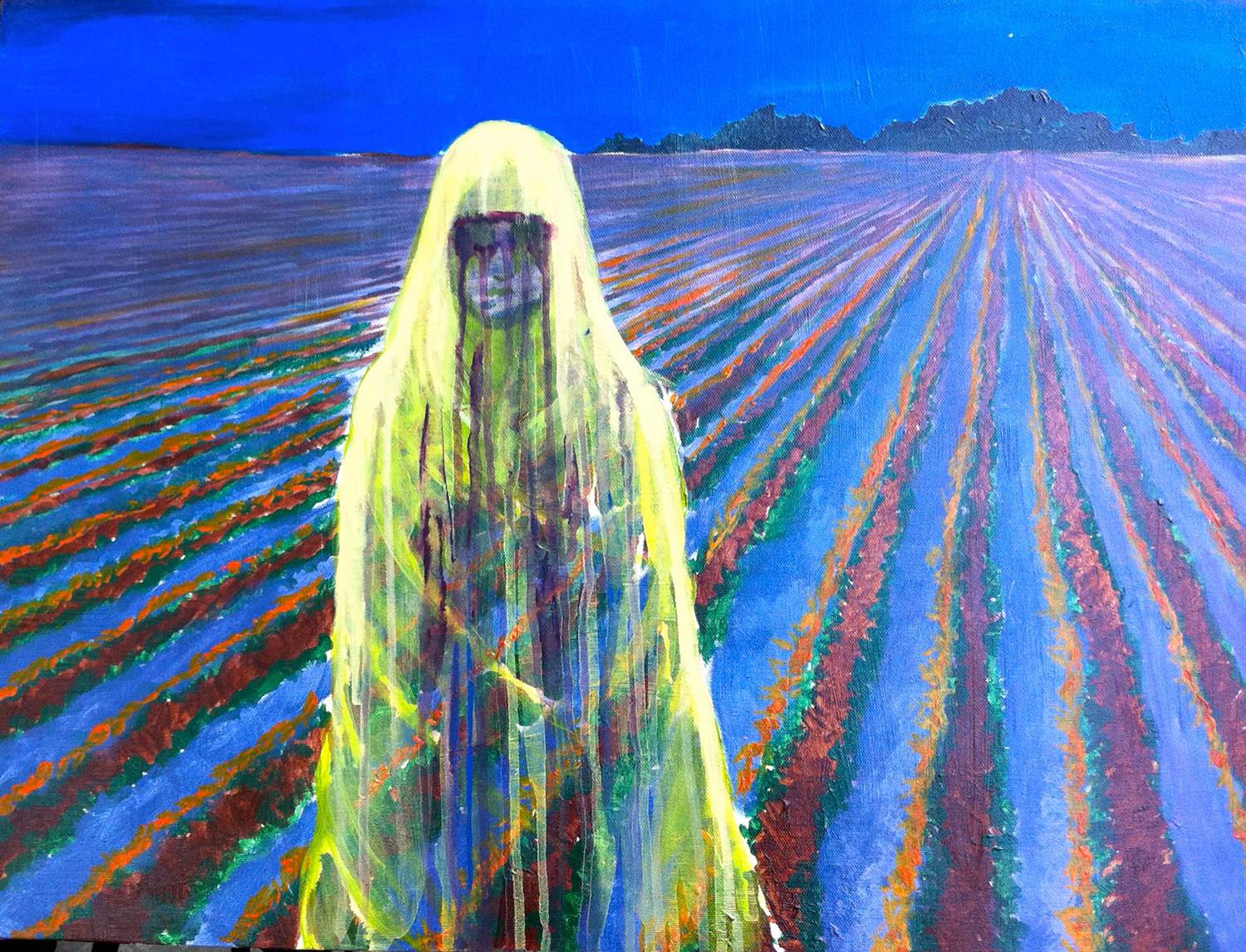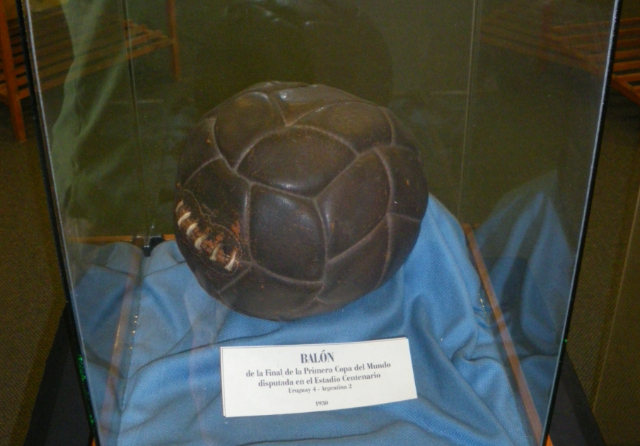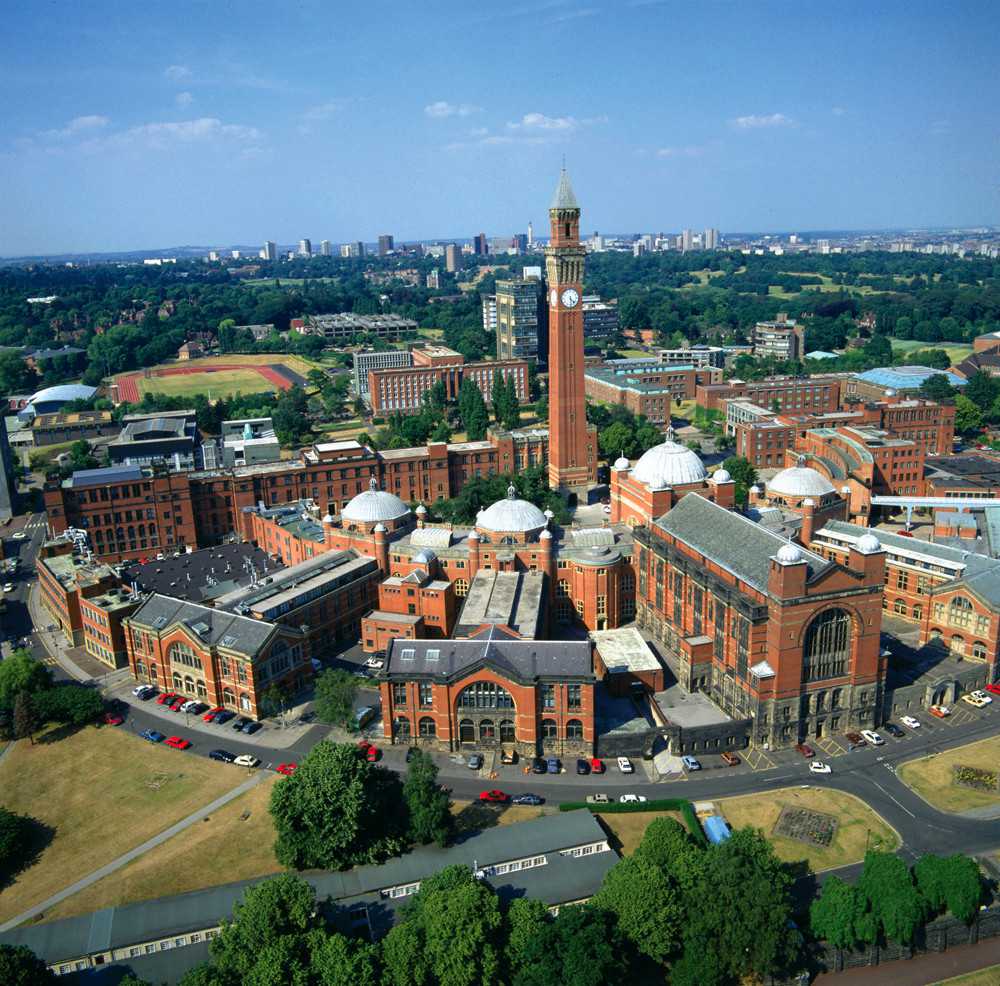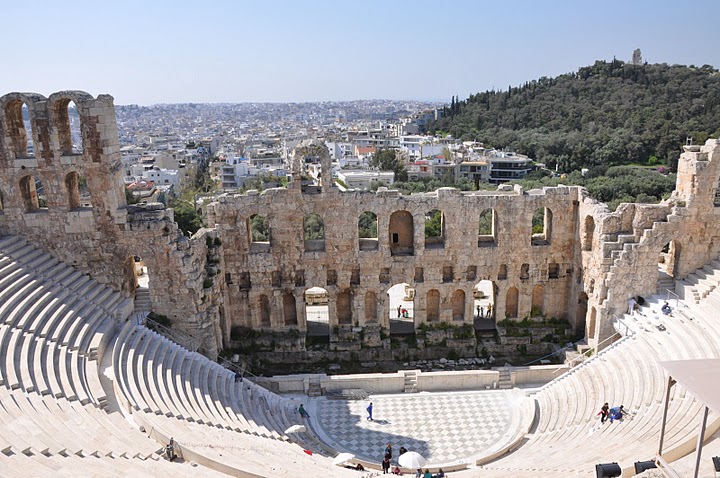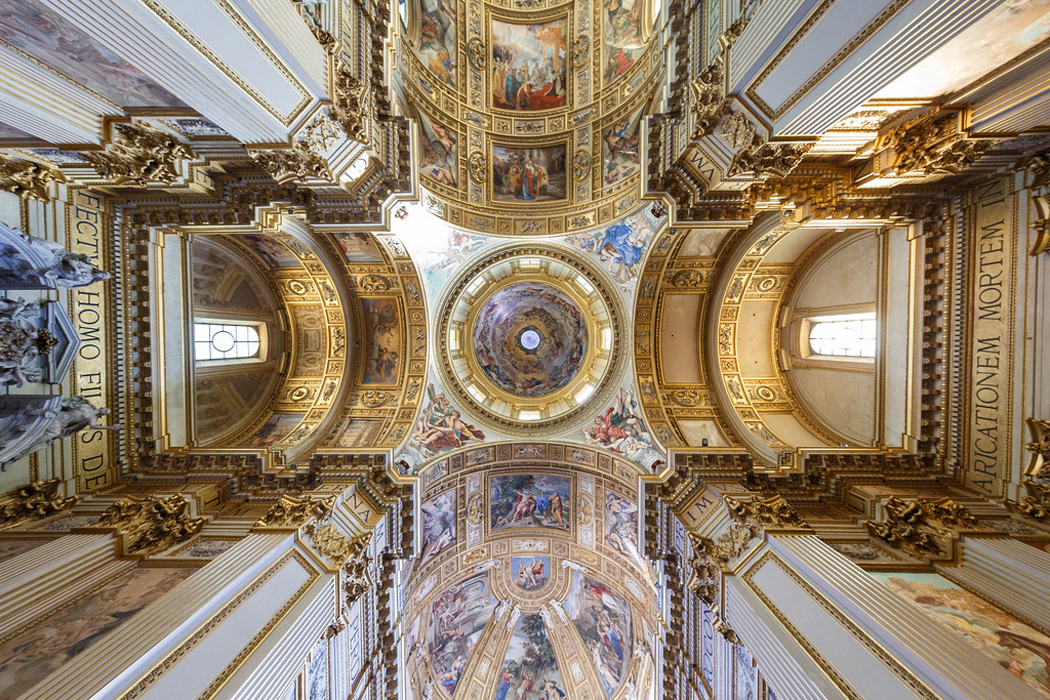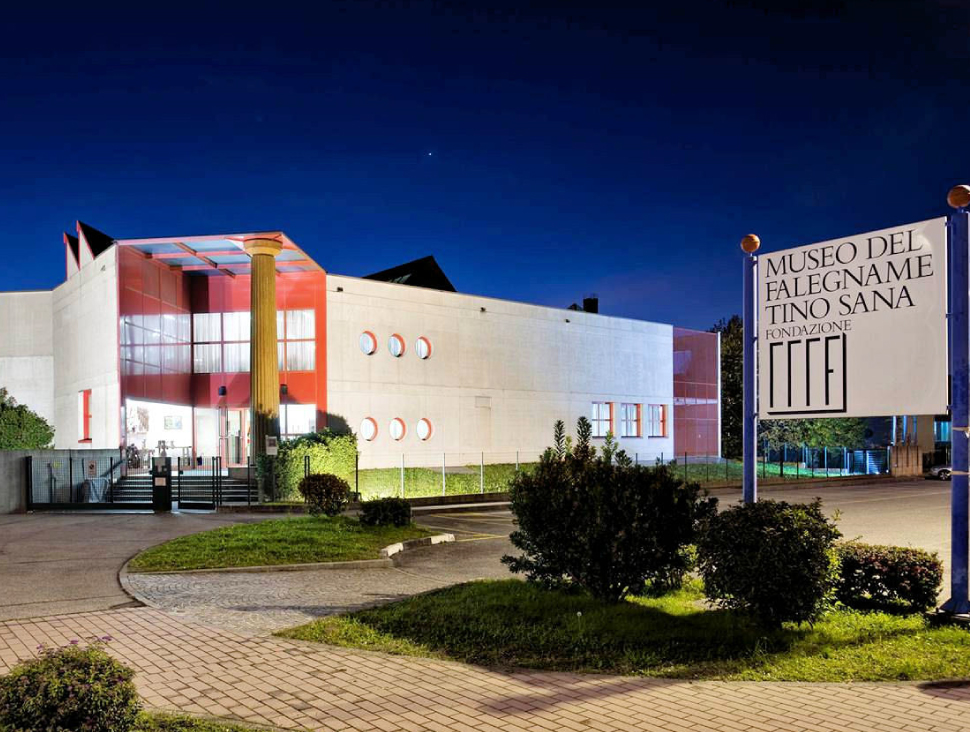The Refectory of the Basilica of Santa Maria delle Grazie houses one of the absolute masterpieces of world art: Leonardo Da Vinci’s Last Supper or Last Supper.
In front of us there is a dramatic event of the Gospel of John, the moment when Christ, sitting in the center and surrounded by the apostles, reveals the imminent betrayal of one of them, which will lead him to be crucified. An intense moment, marked by a tumult of expressions. Who stands up, who approaches. A ferment of gestures and glances, astonishment and wonder, dismay and confusion revolve around the main subject. Everything moves in an ingenious perspective that enhances the centrality of the figure of Jesus.
The painting is a mural 4 meters high and 60 centimeters and 8 and 80.Leonardo da Vinci, realized between 1494 and 1498 in the refectory of the Milanese convent of Santa Maria delle Grazie, on behalf of the Duke of Milan Ludovico il Moro. The subject of the work belongs to traditional Catholic iconography. It is the Last Supper of Jesus together with the apostles, before being arrested. The painting is set by Leonardo as a perspective extension of the royal environment, as if the refectory of the convent was the room where the Last Supper was held. At the centre of the perspective lines is Jesus. Leonardo chose not to work on fresh plaster, as is usual for frescoes, but on drywall. The fresco technique, in fact, dries immediately and Leonardo’s talent, instead, needs long pauses and continuous retouches. Therefore for the Last Supper he uses a tempera that dries more slowly. This choice will soon prove unhappy because from the very first years the work will begin to deteriorate.
